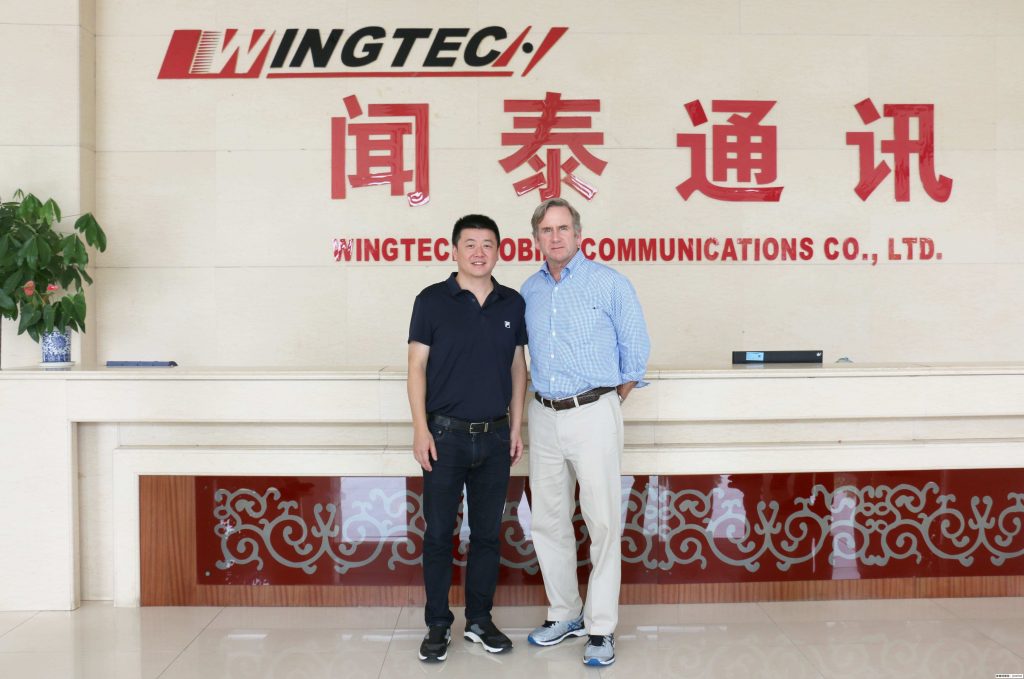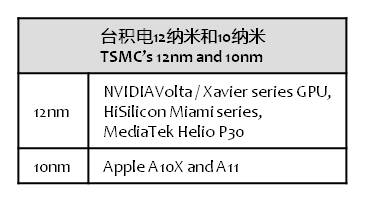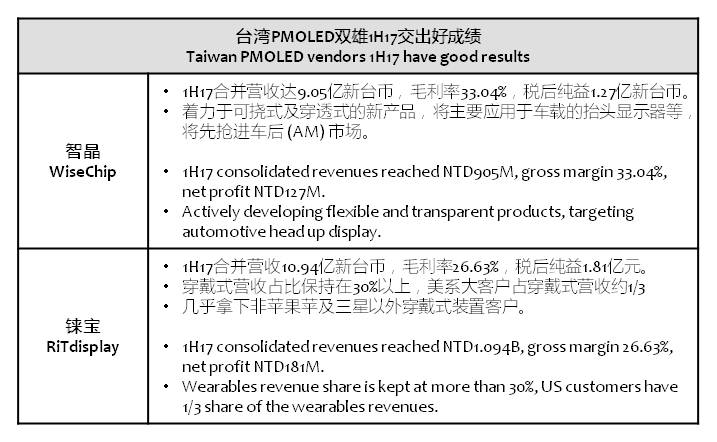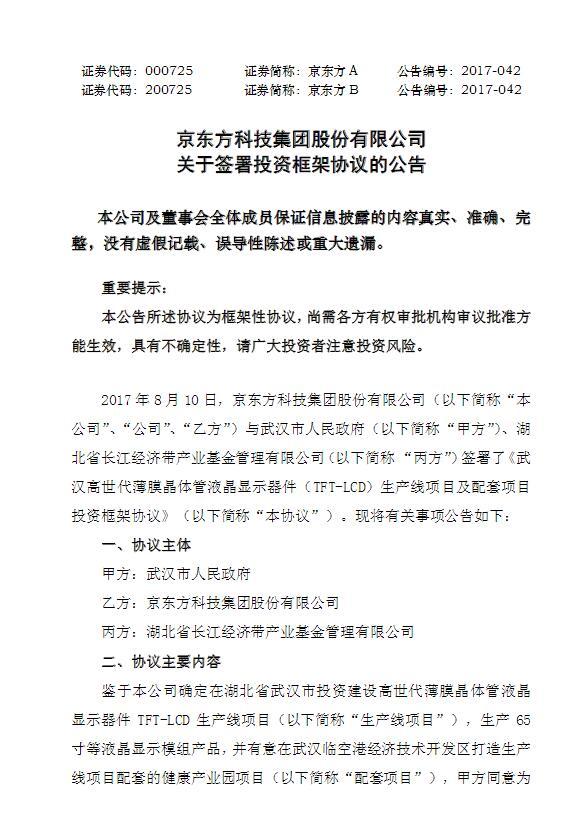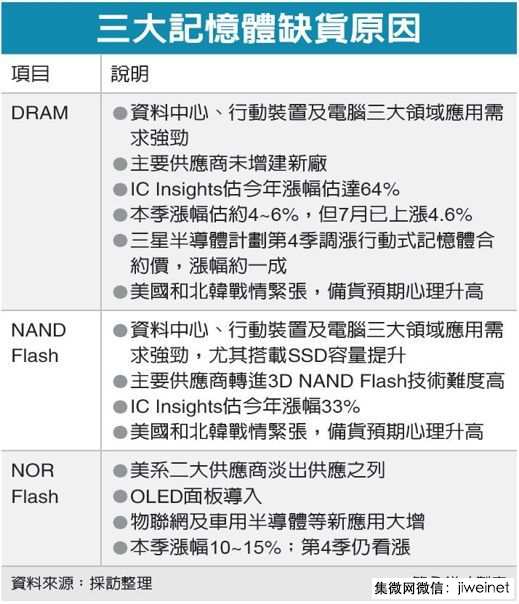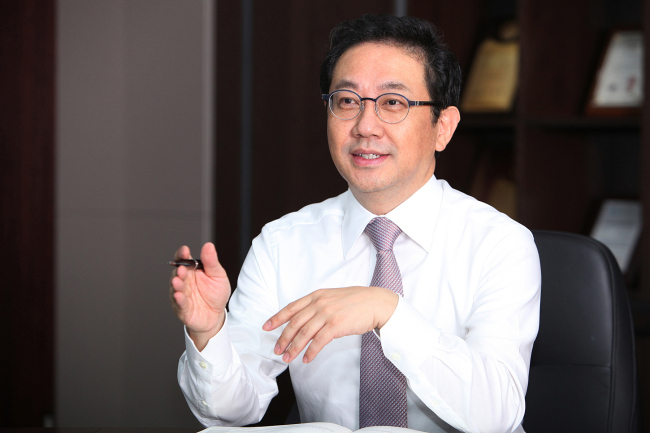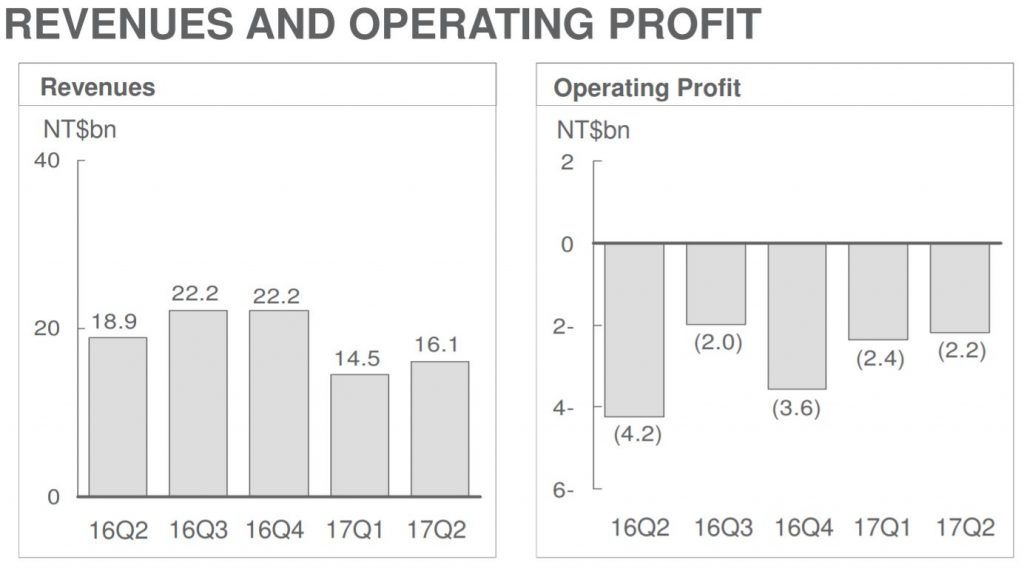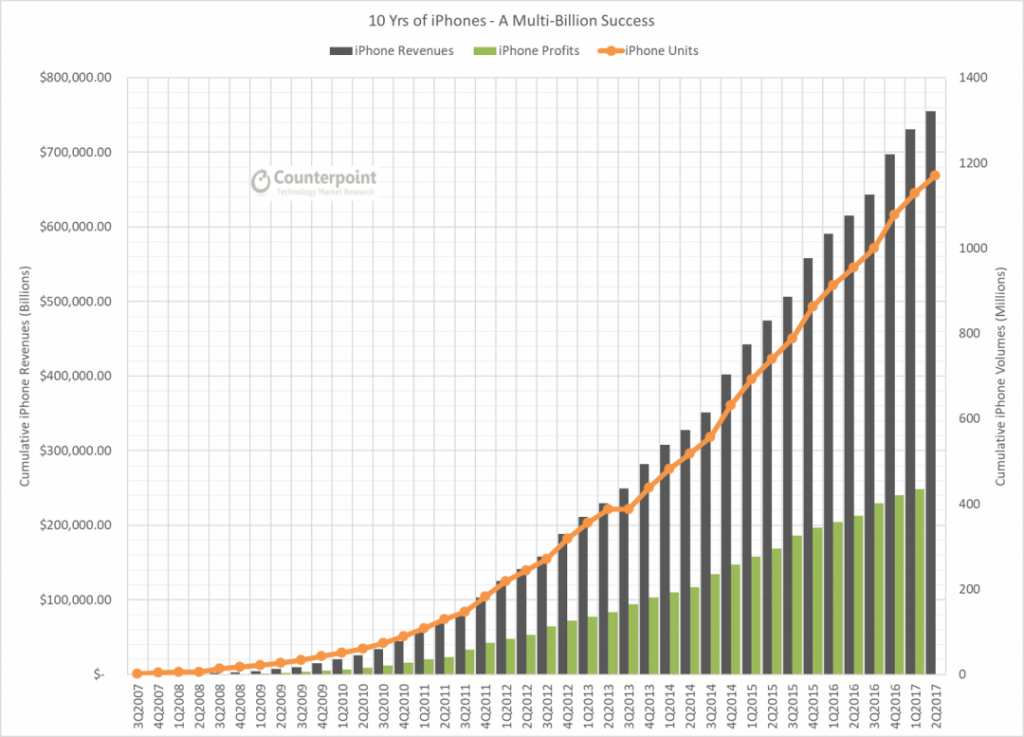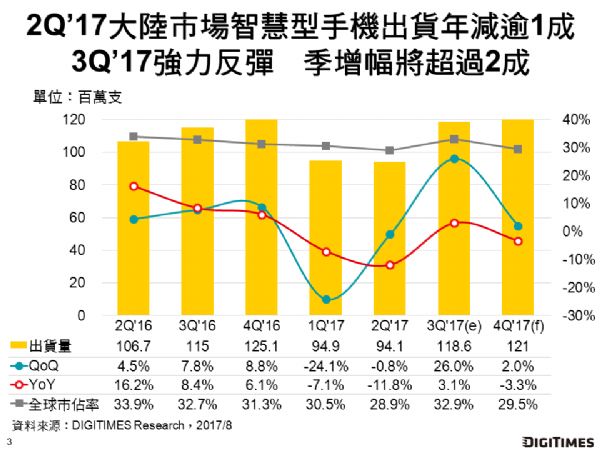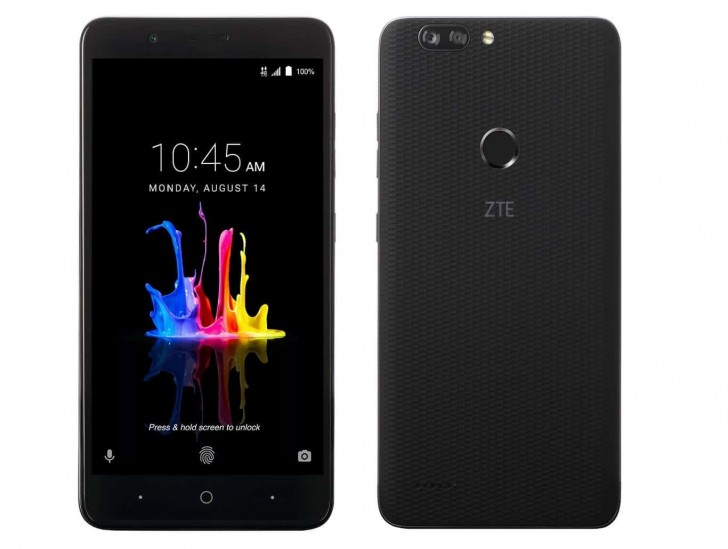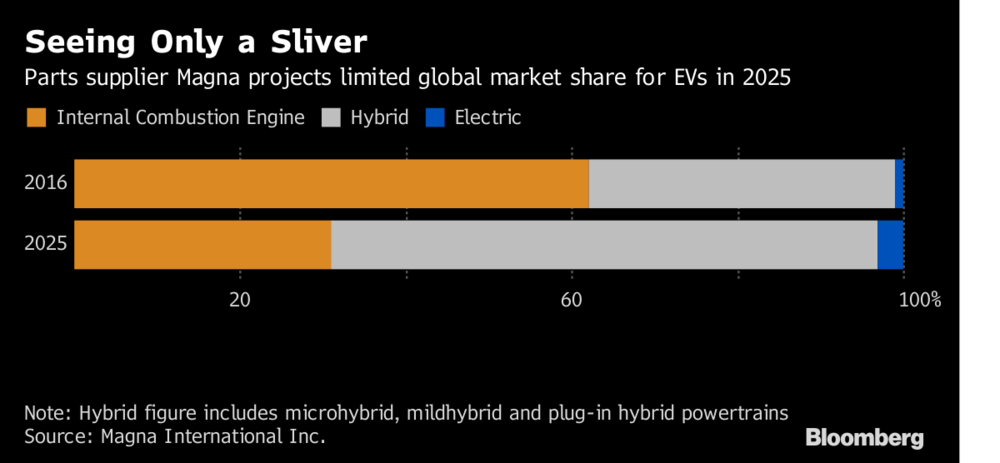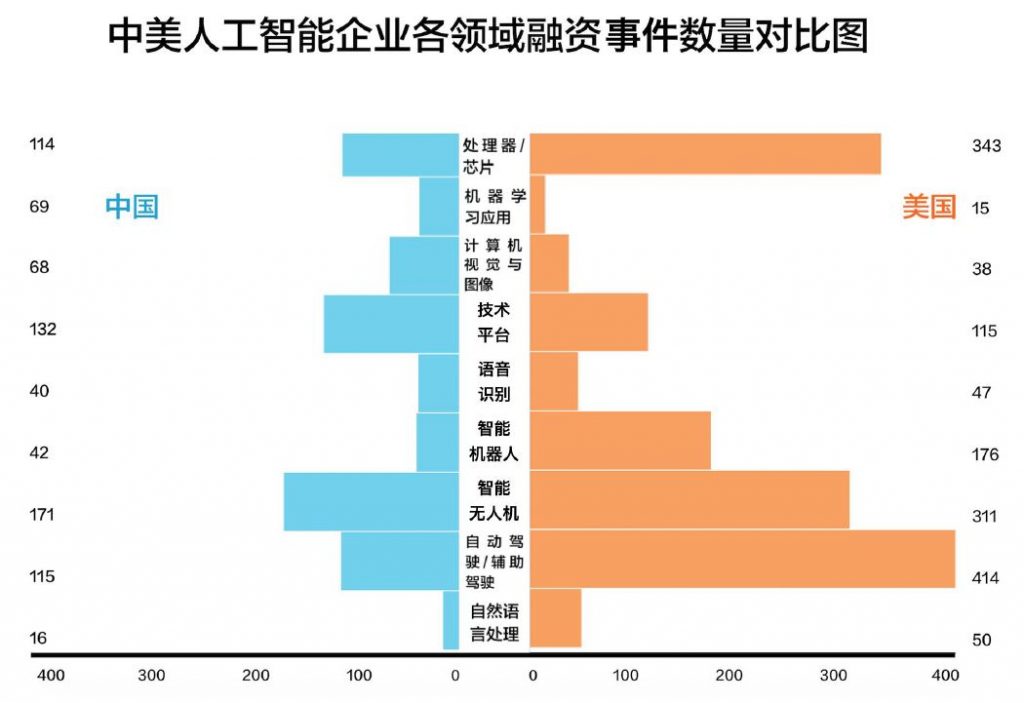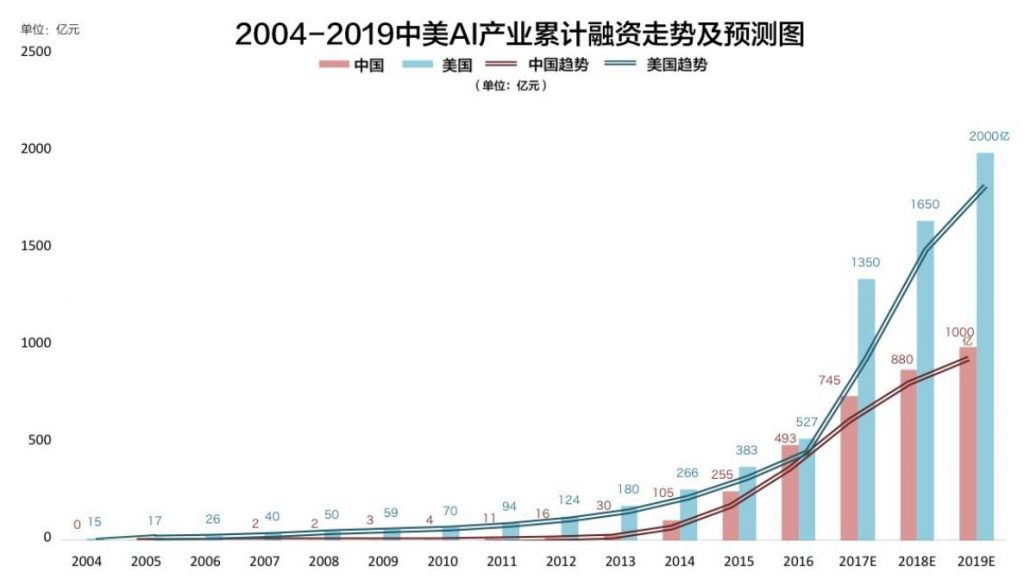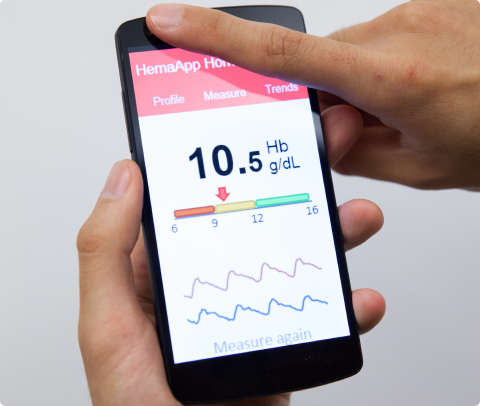
08-15: Huawei will ramp up its offline presence in India, especially in tier-2 and 3 cities; MediaTek is under pressure to cut prices for its upcoming Helio P23 series; etc.
Chipsets
As the biggest ODM customer of Qualcomm, WingTech Communications have been working closely with Qualcomm, signing a strategic collaboration in 2016. Not only in mobile phone industry, both companies will also work on VR/AR, automotive, tablet, PC, and home server. (Laoyaoba, EEPW)
According to CSIA, in 1H17 semiconductor production value in Mainland China values to CNY220.13B (about USD33.02B), 19.1% up on year. According to Taiwan IEK, Taiwan IC production value amounts to NTD1144B (about USD37.756B) in 1H17. Overall, Taiwan IC industry still exceeds Mainland China, yet the latter is showing a trend of catching up soon. (Laoyaoba, CSIA, EEPW, HC360)
Taiwan Semiconductor Manufacturing Company (TSMC) will enter volume production of chips built using its 12nm FinFET process in 4Q17. In addition, TSMC has already started mass production of 10nm FinFET chips in 3Q17, driven by Apple’s orders. (CN Beta, Digitimes, press, Apple Insider)
HiSilicon Kirin 970 has reportedly entered mass production, with first batch near 40M units. With Kirin 970, Huawei has become TSMC’s top 5 customers, challenging Qualcomm and MediaTek. (CN Beta, Sigmaintell, Newsient, My Drivers, Gizmo China)
With Qualcomm lowering prices for its Snapdragon 450 chips to less than USD10.50, MediaTek is under pressure to cut prices for its upcoming Helio P23 series designed for mid-range smartphones, according to Digitimes. MediaTek is likely to sell its Helio P23 chips at as low as less than USD10. (Digitimes, press, Moore, Digitimes, Yahoo)
Touch Display
Thanks to the huge demand from the market, more than supply, passive-matrix organic light-emitting diode (PMOLED) vendors in Taiwan have given their good results in 1H17. (Laoyaoba, UDN, Digitimes, press)
BOE Technology has announced plans to build its 2nd 10.5G line in Wuhan in cooperation with the Wuhan Municipal Government and Hubei Yangtze River Economic Belt Industry Fund. The new fab will use glass substrates sized 2,940×3,370mm to produce mainly 65-inch LCD products at a rate of 120,000 units a month, the company said. (Digitimes, press, Sina, 163)
LG Display (LGD) has announced a new plan for panel manufacturing. By 2020, LGD will invest KRW15T (about USD1.32B) on the OLED production. In Korea it will invest in Gen-10.5 OLED and Gen-6 OLED panel production lines. It will have a new Gen-8.5 OLED panel production line in Guangzhou China, to start construction in 2H17, and mass production with 60K pcs / month in 2019. (CECB2B, Sina, Korea Herald, Laoyaoba)
Memory
It is rare to see DRAM, NAND Flash and NOR Flash are in tight supply at the same time continuously, which has rewritten the history. In particular, DRAM and NAND Flash has been cost up for a while now. (Laoyaoba, Sina, UDN, Megatime)
Sensory
Google has announced the acquisition of Seattle-based health startup Senosis. The company has transformed regular smartphones into medical devices that can be used to monitor everything from jaundice in babies to chronic respiratory diseases. (CN Beta, Geek Wire, Beta News, The Inquirer)
Backend house ChipMOS Technologies will enter production for 3D sensing components in 3Q17. ChipMOS is reportedly partnering with Himax Technologies, which has joined the 3D sensing component supply chain for Apple iPhones with its wafer level optics (WLO) products. (Digitimes, press, Money DJ, China Times)
Pure-play compound semiconductor wafer foundry Global Communication Semiconductors (GCS) has expressed optimism about gallium arsenide (GaAs) demand for vertical cavity surface-emitting lasers (VCSELs). GCS provides 4” wafer manufacturing for mainly optical communication components, and is seeking partners to build 6-inch wafer capacity for product diversification. (Digitimes, press, UDN, Money DJ)
Biometrics
CrucialTec CEO Charles Ahn asserts that the company’s Display Fingerprint Solution (DFS) “is fully ready” and that it is “in talks with the world’s leading display manufacturers to see the first smartphone with the DFS by 1H18.” (Android Headlines, Korea Herald, Planet Biometrics, People, Sohu, Tencent)
Connectivity
Smartphones that run on the 5G network are predicted to emerge starting from 2019, while current 4G network smartphones are likely to remain mainstream until 2022, according to Strategy Analytics. The analyst Yiwen Wu predicts that 5G enabled smartphones will emerge from 2019, but it will start to ramp up volumes from 2021 onwards. (Jakarta Post, Laoyaoba)
Smartphones
HTC has announced 2Q17 revenue of NTD16.1B with gross margin of 13.7%. Operating loss of NTD2.2B with operating margin of -13.6%. (Laoyaoba, HTC, Android Headlines)
Google will pay up to USD3B to Apple in 2017 for the privilege of being the default Internet search engine on the company’s iOS platform, according to A. M. Sacconaghi Jr. of investment firm Bernstein. (Android Headlines, CNBC, Barron’s, Business Insider, Feng, CN Beta)
Android founder Andy Rubin’s Essential is now being valued at over USD1B thanks to Foxconn’s FIH Mobile recent filing for a USD3M investment. (CN Beta, The Verge, WCCFTech, Neowin)
According to Counterpoint Research, in the past 10 years Apple iPhone sales have reached 1.17B units, generating USD775B revenues, and creating USD250B profit. (Laoyaoba, CN Beta, Counterpoint, blog)
According to Digitimes Research, in 2Q17 Mainland China smartphone shipment has reached 94.1M units (28.9% of global share), similar to 1Q17, but 11.8% down on year. Top 3 carriers 4G users net addition has reached 56M, which is less than 67M in 1Q17. (Digitimes, press, 52RD, Laoyaoba)
Sanjeev, Vice President, Sales, Huawei India-Consumer Business Group, indicates that Huawei will ramp up its offline presence in India, especially in tier-2 and 3 cities. In the hot-selling INR10,000-15,000 segment, Honor has 3 of its best-selling products — Honor 6X, Holly 3 and 3 Plus. (IB Times, Economic Times, Laoyaoba)
ZTE Blade Z Max is launched with MetroPCS – 6” FHD display, Qualcomm Snapdragon 435 processor, rear dual 16MP-2MP + front 8MP cameras, 2GB RAM, 32GB storage, Android 7.0, USB-C, rear fingerprint scanner, 4080mAh battery, USD129. (CN Beta, GSM Arena, MetroPCS)
Wearables
KGI analyst Ming-Chi Kuo specifies that the Apple Watch will continue to ship in 2 sizes: 38mm and 42mm cases, with LTE connectivity being the new feature. With the rollout of a dedicated LTE model, shipments of the new Apple Watch models will reach 8M~9M units in 2H17, Kuo estimates, with the cellular version accounting for 35%~40% of sales. Overall, the analyst forecasts fiscal 2017 sales between 17.5M~18M units, up 70% year over year. (UDN, Laoyaoba, Tencent, Patently Apple, Pocket Now, Apple Insider)
Internet of Things
Magna and Delphi Automotive Plc, which both supply powertrains and electronics systems, see the way forward being paved with lots of hybrid engines. Delphi CEO Kevin Clark indicates that 95% of vehicles will still have combustion engines in 2025, and about 30% will have some form of gasoline-electric system. Just 5% will be purely electric, Clark projected. (Clean Technica, Bloomberg, Laoyaoba)
Pilotless planes might come to an airstrip near you as soon as 2025, according to an extensive new UBS report. The self-flying planes could save the aviation industry up to USD35B annually and make flights safer and more efficient, but only 17% of the 8,000 people surveyed globally would be willing to fly in one. (CN Beta, Quartz, Mashable, The Guardian)
Lyft’s director of product, Taggart Matthiesen said the company will “always operate a hybrid network, with rides from both human-driven and self-driving cars.” (Android Headlines, Jalopink, Daily Mail, Recode)
According to Tencent Research Institute, as of the end Jun 2017, there were 2,542 AI enterprises around the world: 1,078 (42.4%) were US-based, 592 (23.3%) China-based and the remaining 872 based in Sweden, Japan, the UK, Singapore, Australia, Israel and India. Development of US-based AI enterprises began in 1998, peaked in 2005 and slowed down in 2013; the cycle for China-based ones was 1996, 2003 and 2015. (Digitimes, press, Sohu, Leiphone, report)
